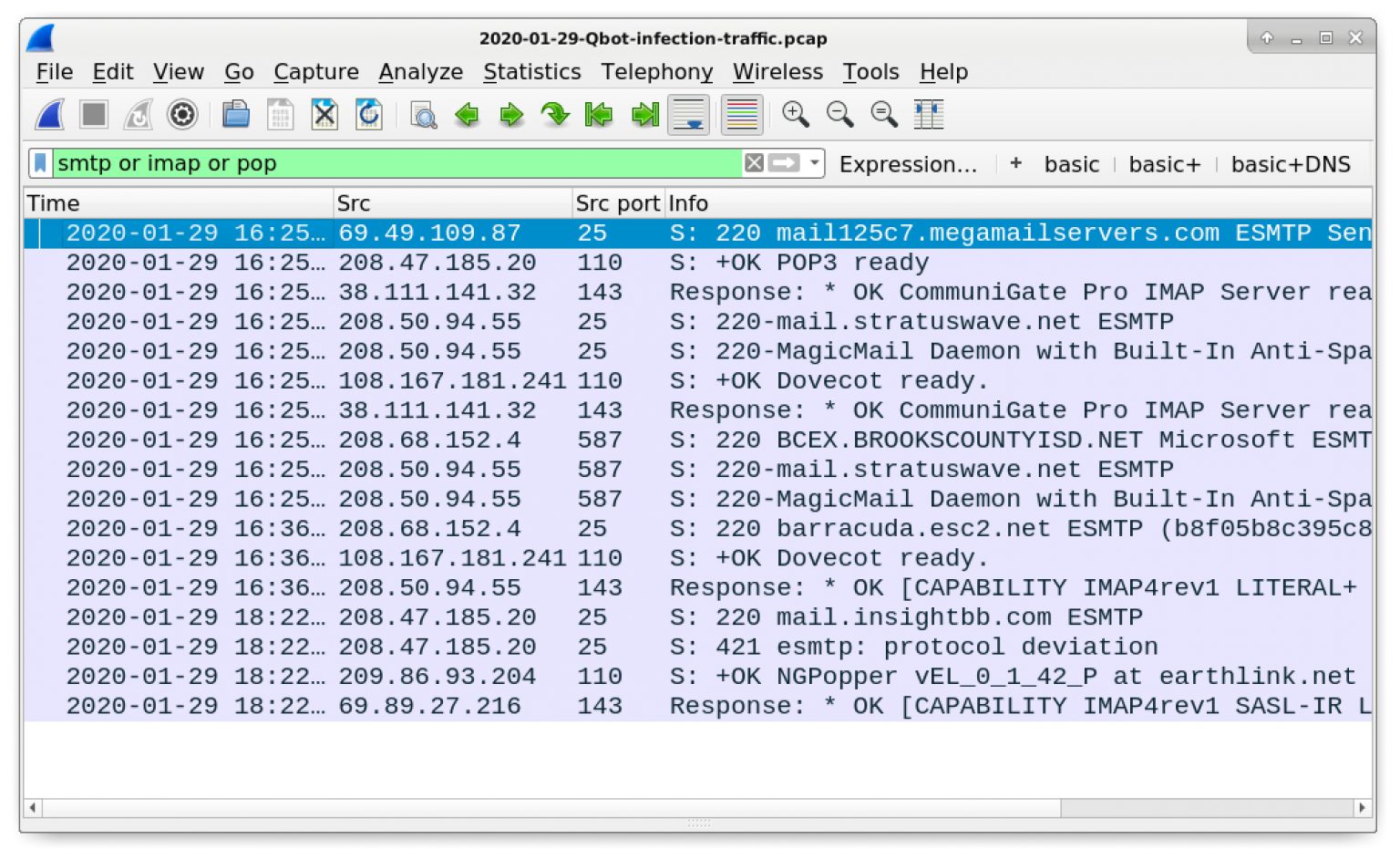

Normally stage 2 is protected by some means of authentication while stage 3 can't be. This is a slimmed down version of what happens, but sums up the critical parts of the relay.

The recipients email provider delivers the mail to their inbox.Your email provider sends to the recipient domains inbound server ALWAYS over port 25 (encrypted and unencrypted).The mail is sent to your email providers outbound SMTP server - NORMALLY over port 587 or 465 with encryption.You compose an email to an email program.When you send email normally this is the normal path: It's important to understand how you end up on an SBL. When I was looking at this technique, I wanted to be able to use what was already in the home with minimal to no outlay on additional hardware. using the free packet sniffing tool Wireshark and a Windows 10 computer. This post looks at a way of identifying devices hosting spambots by sniffing network traffic. What they can't do is hide their traffic though. Malware makers are getting clever at hiding their programs from antivirus/anti malware software.Spambots can exist on ANY internet capable device, not just PC's.Your public IP address ends up listed on an SBL most notably the CSS but possibly others.You get a letter from Virgin Media stating that spam has been seen coming from your IP address.If a device behind your public IP address is sending spam, then potentially there are two outcomes that can happen.


 0 kommentar(er)
0 kommentar(er)
